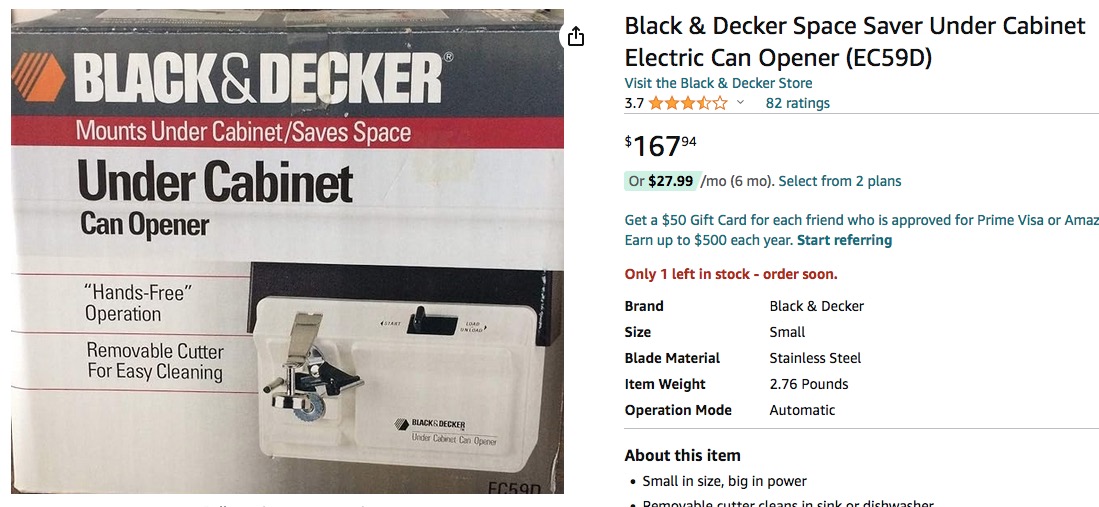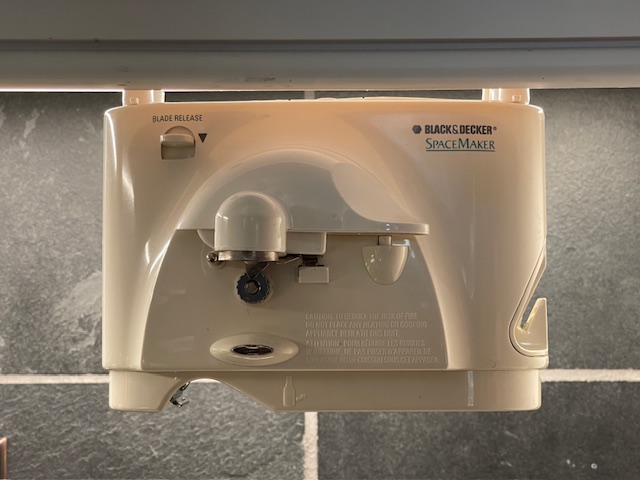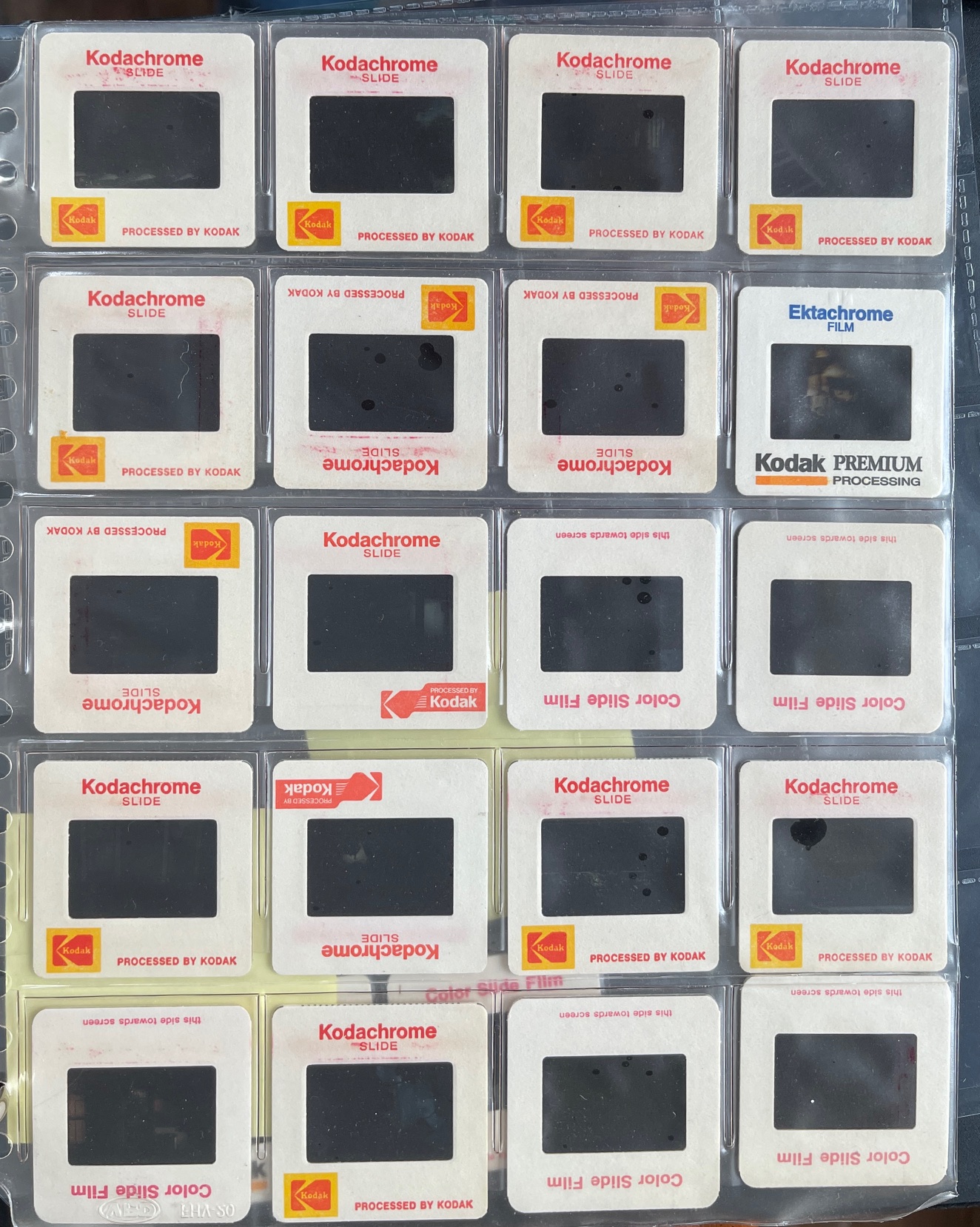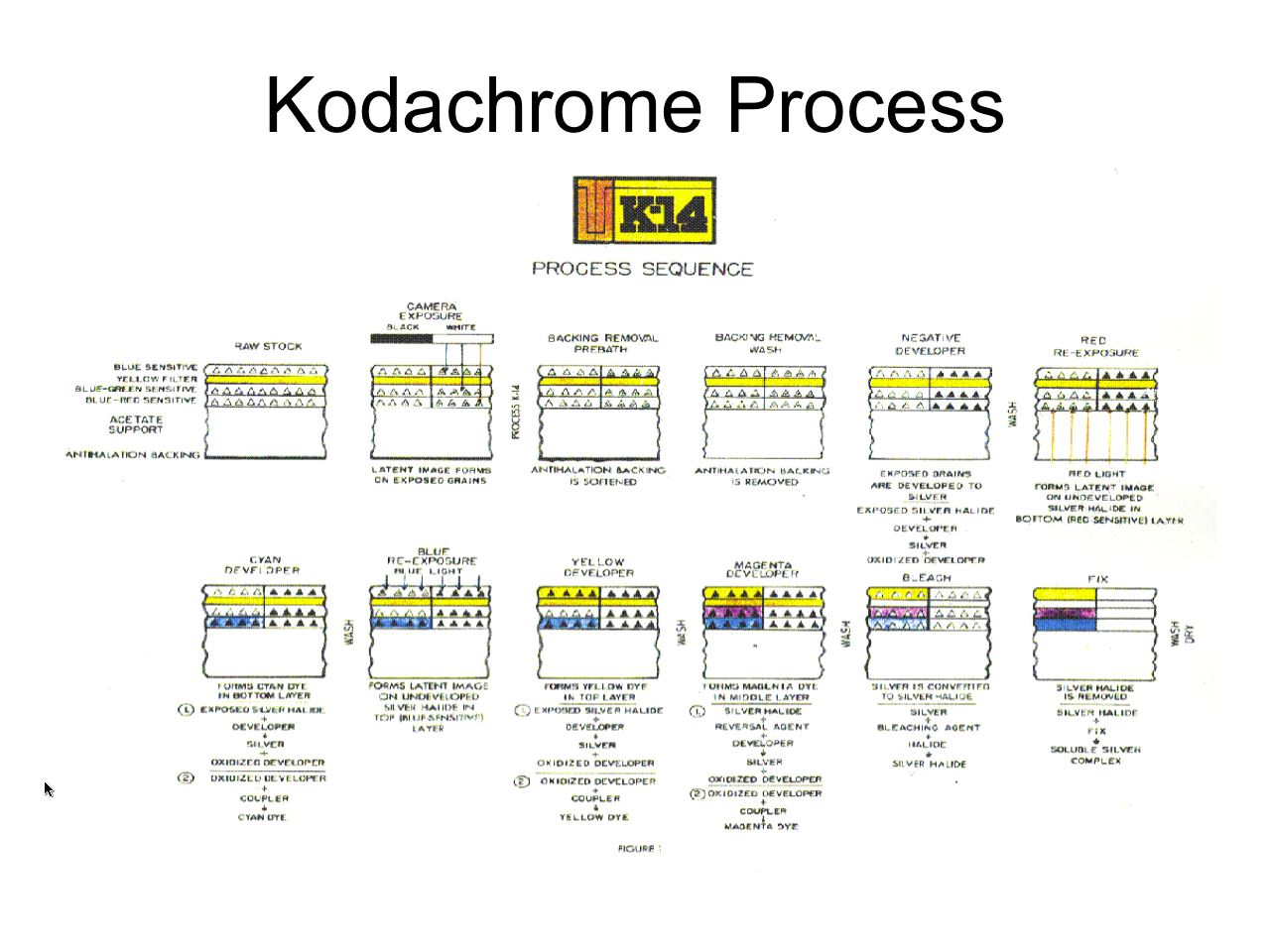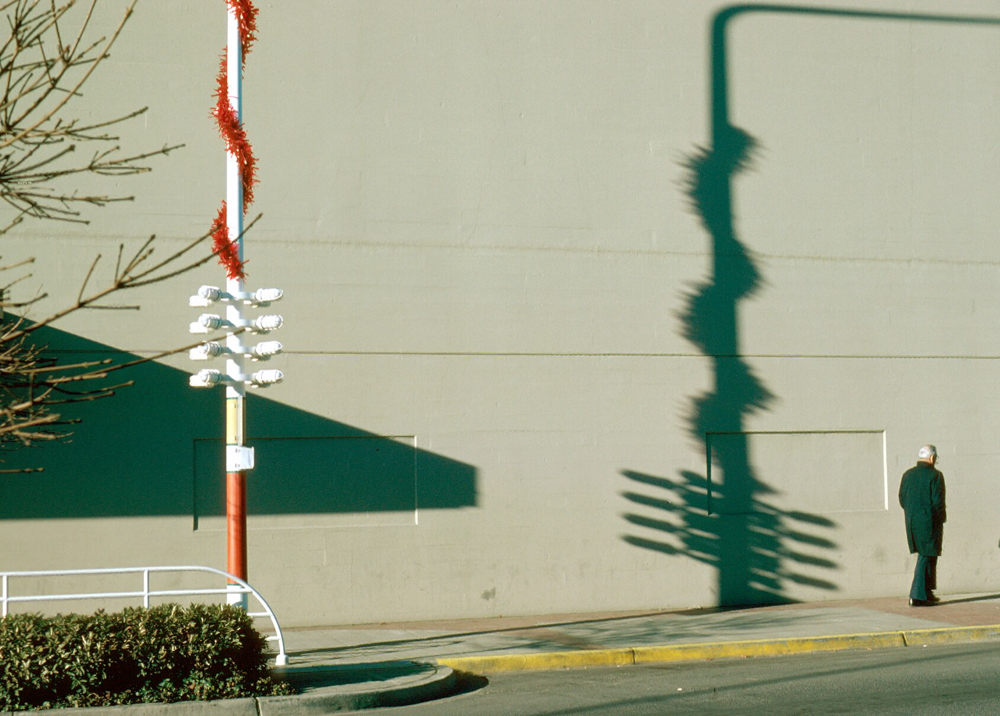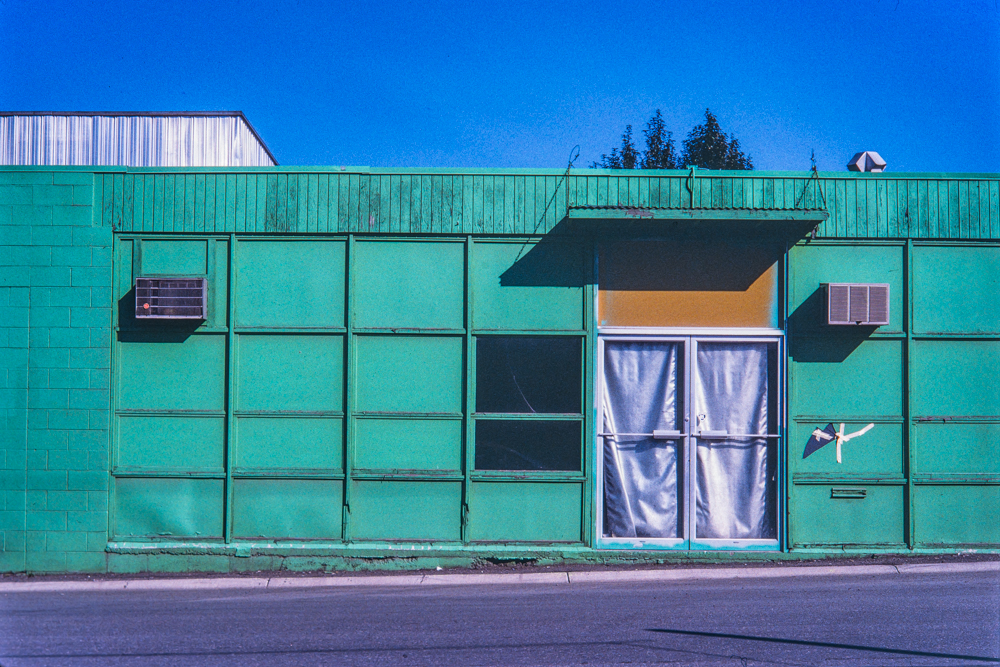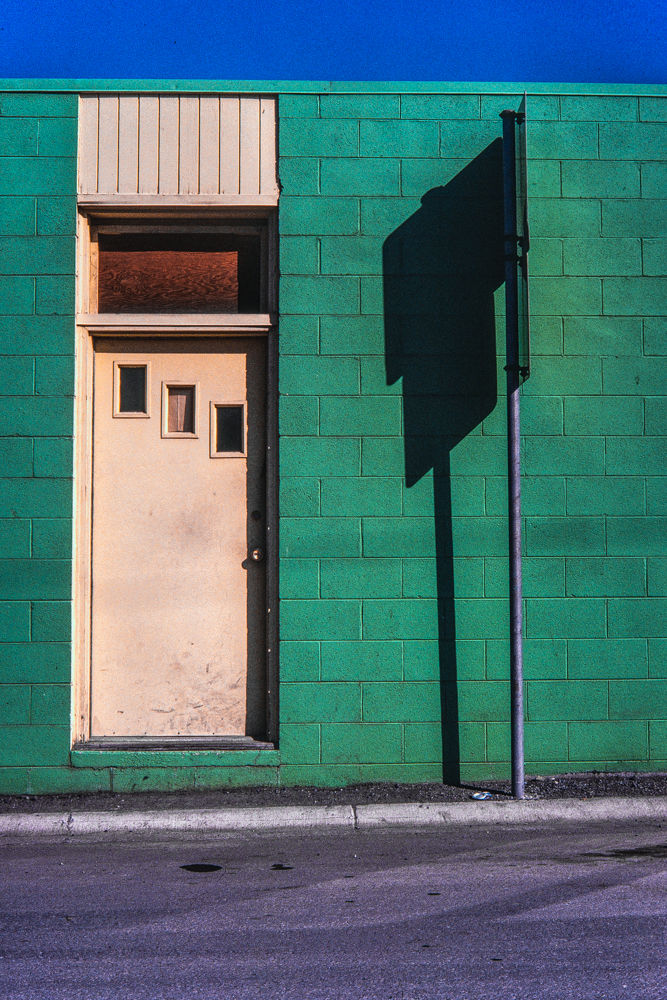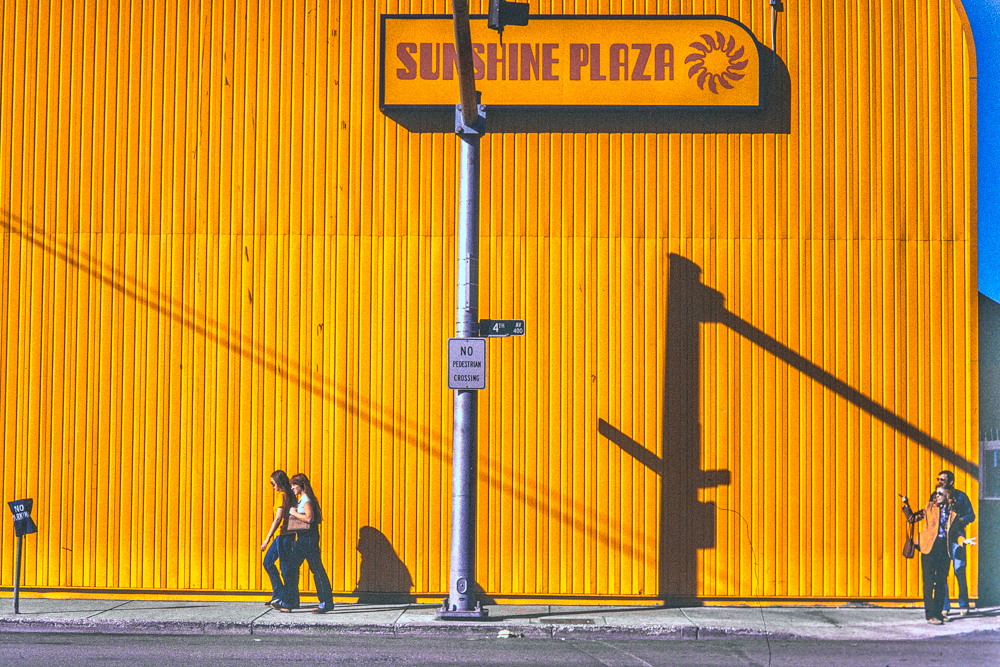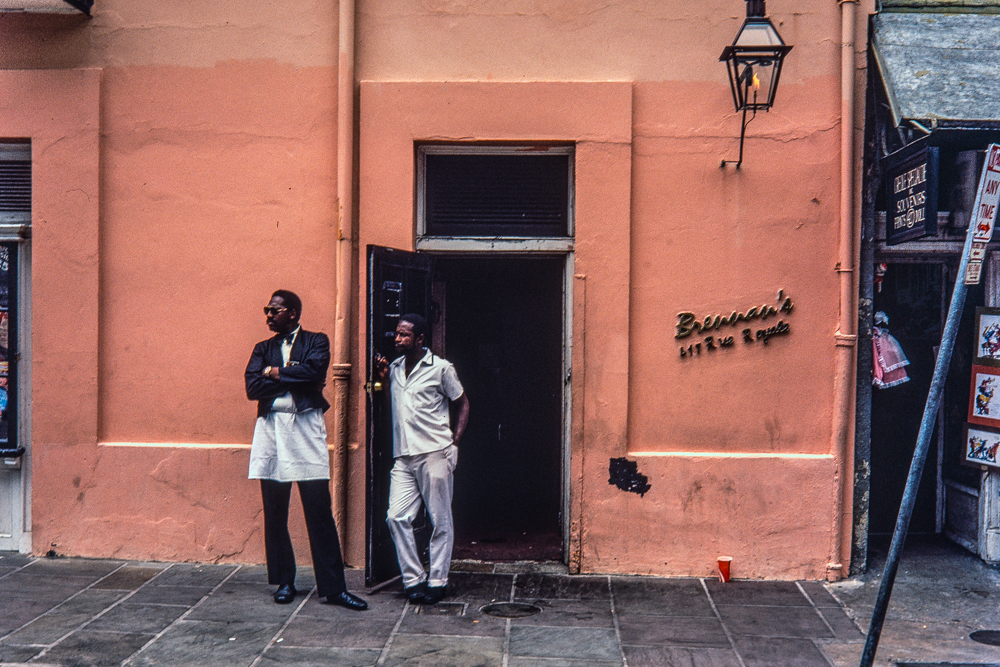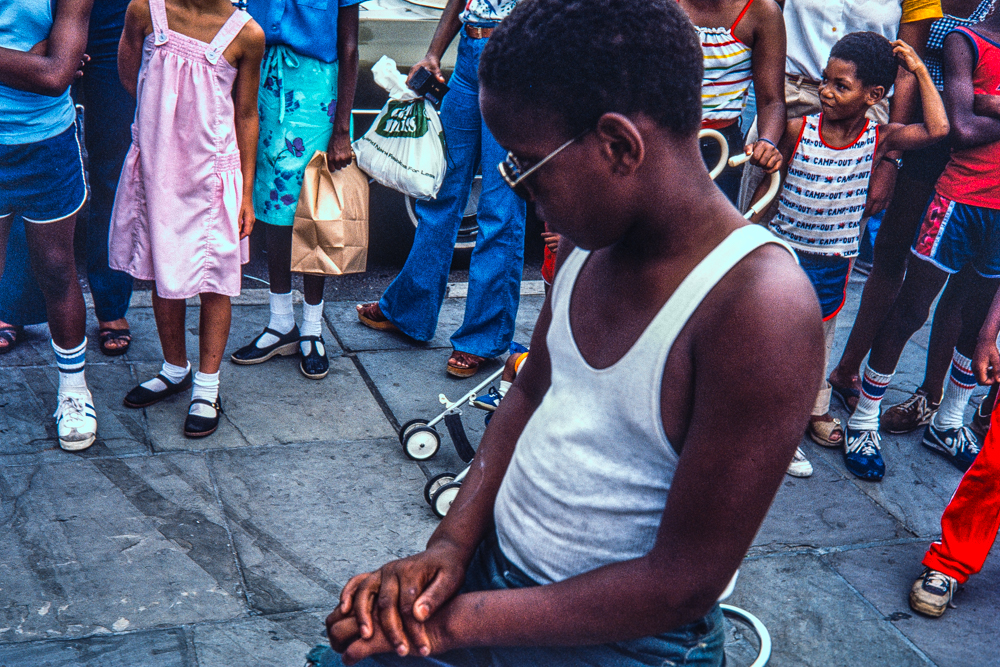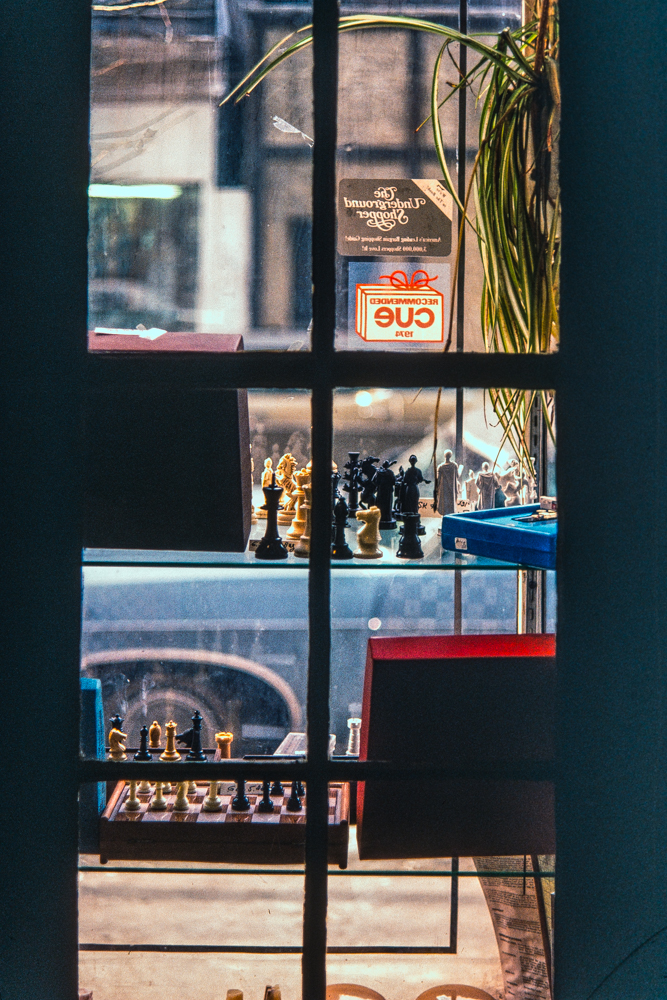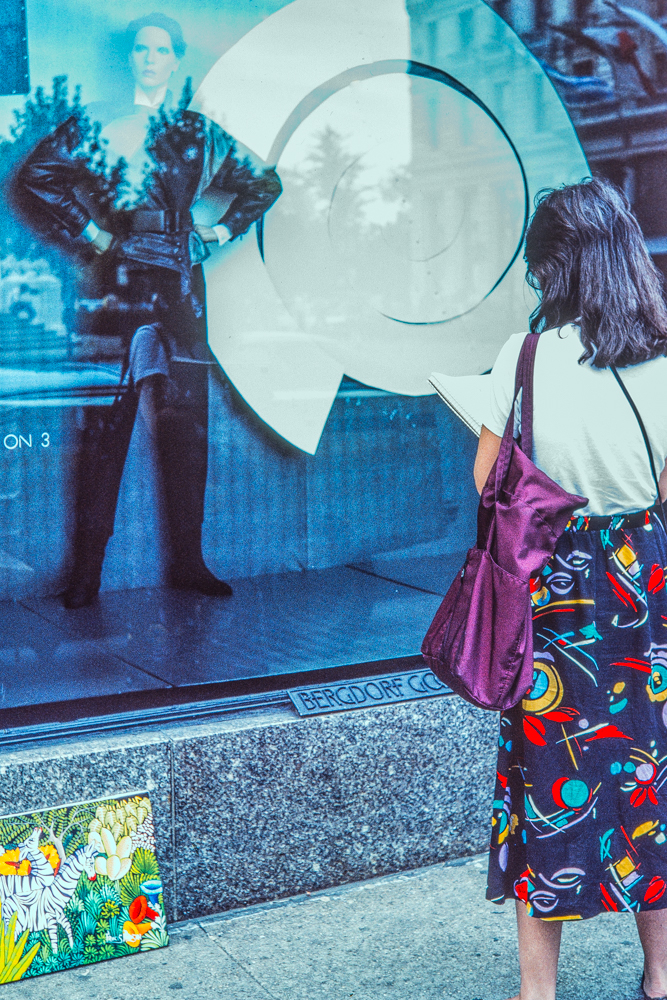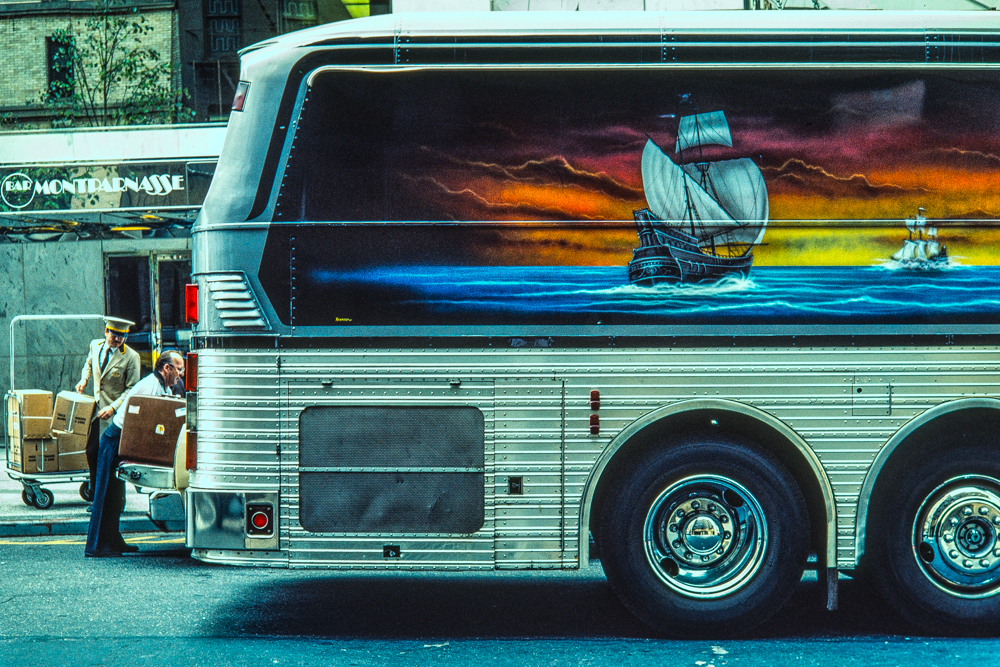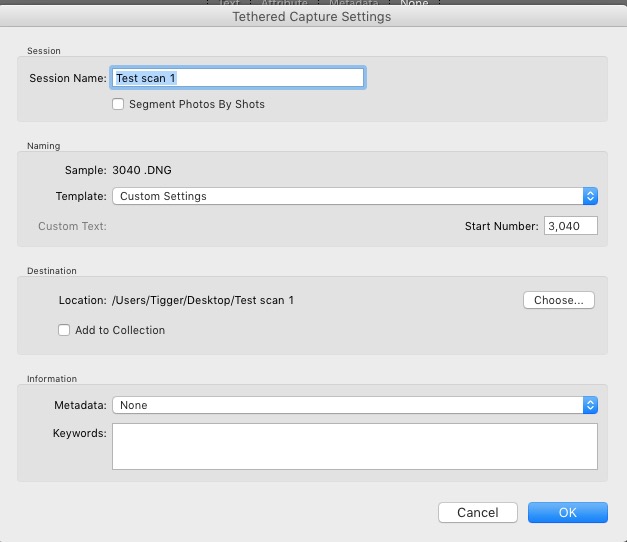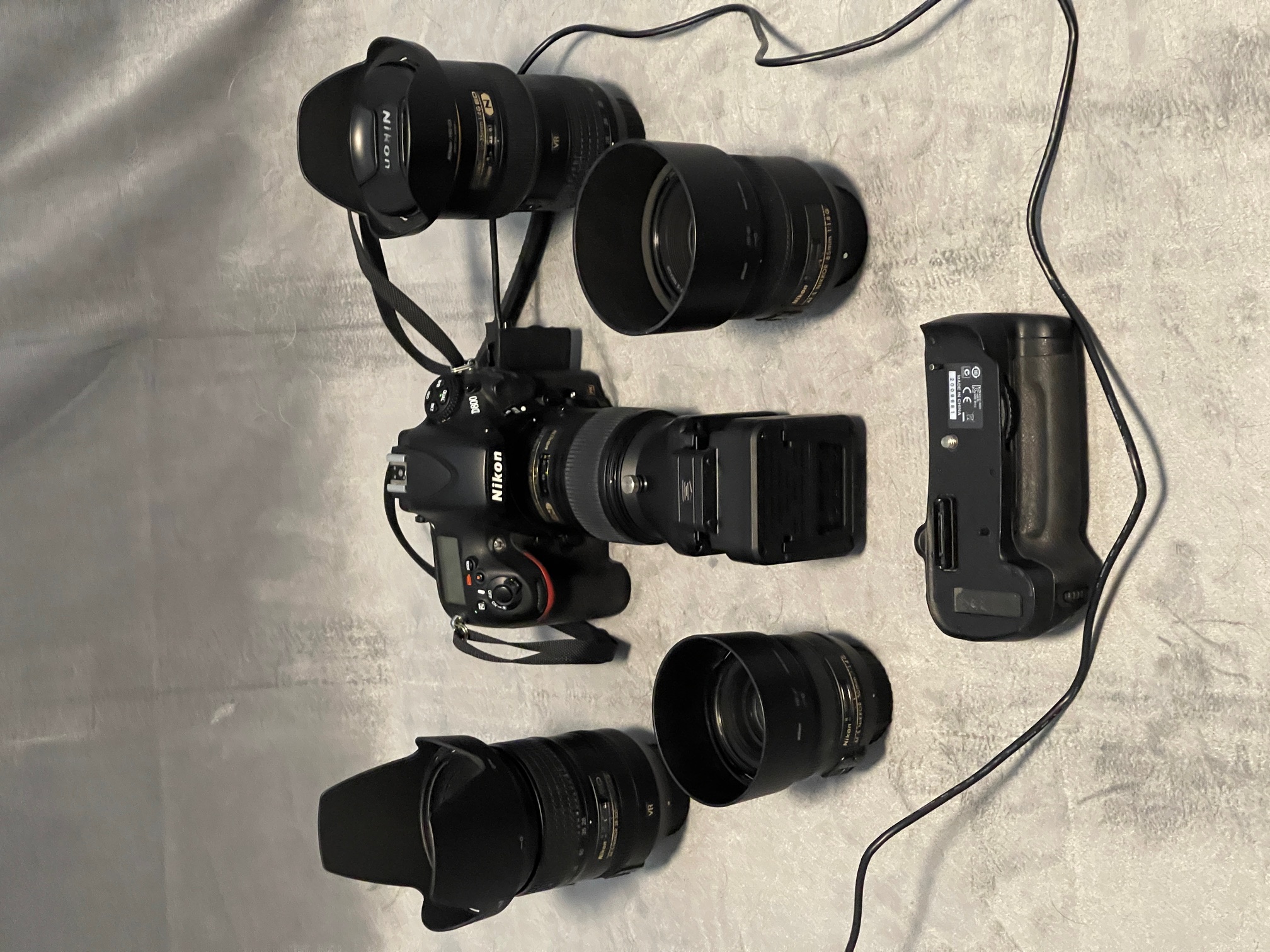Don’t waste your time on obsolete technologies.
For an index of all my Film related articles, click here.
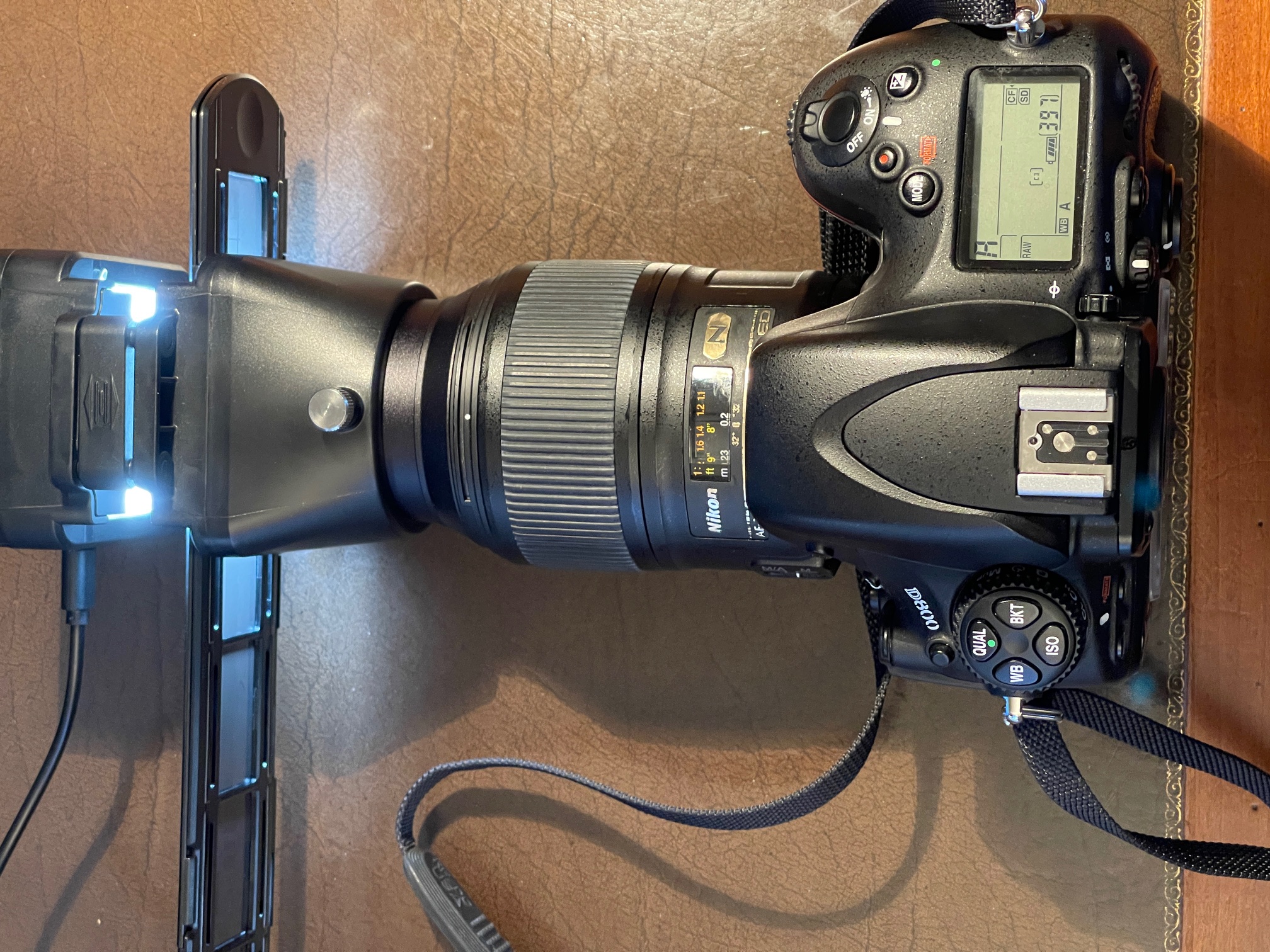
All in one piece.
My film ‘scanning’ project is almost complete. You can see a video of the technique here.
Suffice it to say that this is the only efficient, high quality way of scanning a large number of film negatives or slides.
Starting on February 4, some 59 days ago, I have scanned over 164 rolls of 36 exposure monochrome film, totaling over 5,900 exposures. 2,198 or 37% of those were ‘keepers’, a high rate in an age of free imaging with vast, low cost digital storage technologies, where a 3% success rate is considered high. I spent 1-2 hours daily doing this for a total time sink of some 100 hours. That included printing the best images for my large format print albums.
To have attempted this project using either a dedicated film scanner (reasonable definition, slow) or flat bed scanner (poor definition, molasses slow) would have taken for ever and it’s simply not a good use of time. Further, the modest investment in a macro lens and illuminated film strip attachment for this project, both easily resold, is lower than any of the alternatives. And the quality of the ‘scans’ is drop dead gorgeous, more definition retrieved from 50 year old negatives than I could have possibly dreamed of.
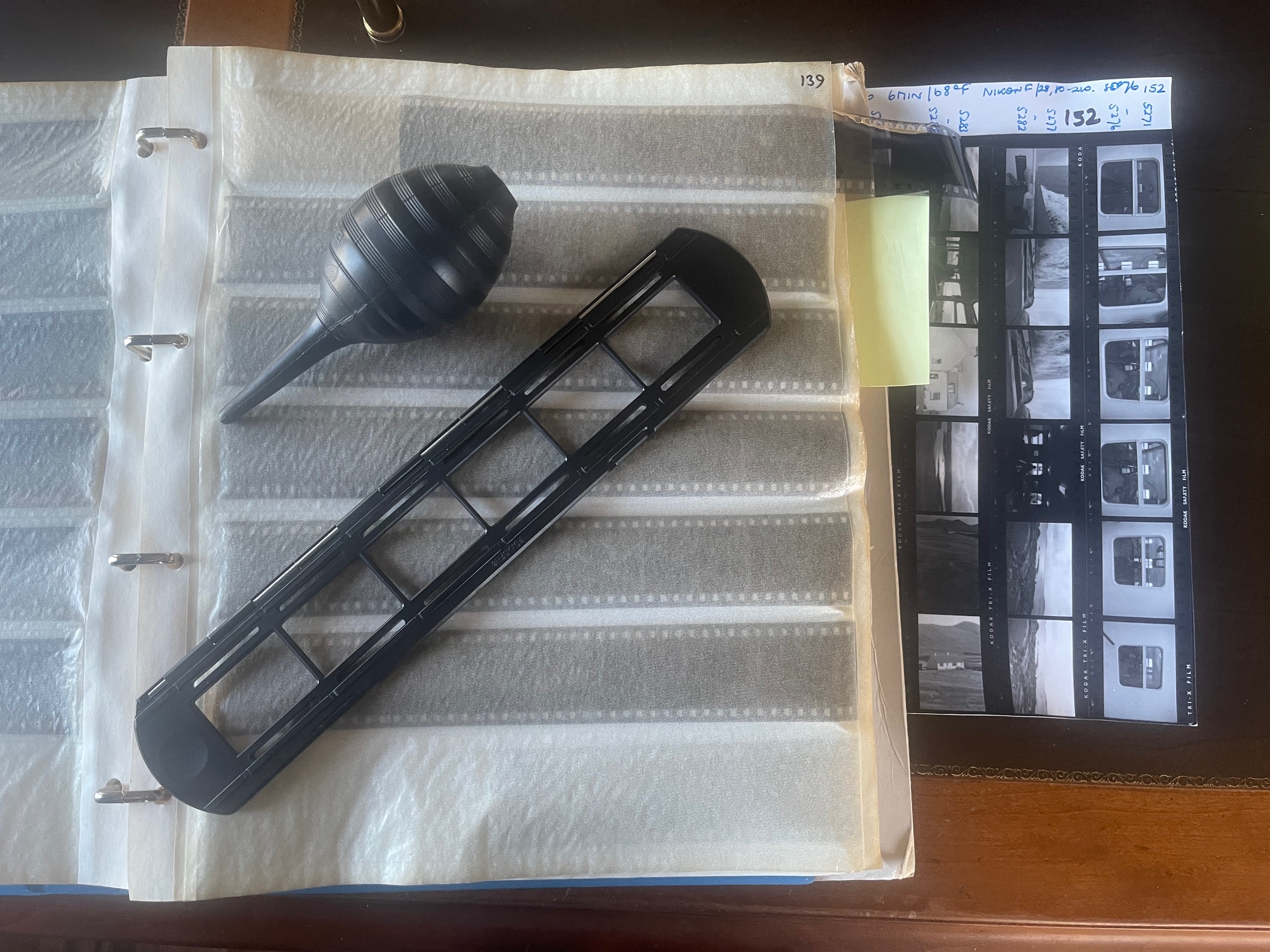
Yellowed glassines but pristine film inside
What is good about film? Not much. All mine were developed in a Paterson System 4 developing tank, available still and little changed. What appears to be missing is the handy clip-in hose which was attached to a tap and pumped water through the reel into the bottom of the tank, displacing fixer residue and assuring permanence. You did this for 30 minutes, wasting shocking quantities of water. Why 30 minutes? Because no one new any better and, if you wanted your originals to survive, more was better than less. Maybe 5 minutes would have sufficed. We will never know.
As for scan quality, the Nikon D800 I used delivered in spades. I started using 14-bit uncompressed RAW which delivered a 75mp file. Later I switched to 12-bit lossless compressed and the quality was indistinguishable, the file size halving to 36mp. Key to the efficiency of this process was the Negative Lab Pro Lightroom plugin which automated the reversal of negative image to positive. I would do this once on the first negative frame then save the whole process as a Preset. That Preset was then set up in the LR Tethered capture dialog box, with the D800 connected by a USB cable to LR. ‘Scan’ the image and, Hey Presto!, 5 seconds later the properly reversed positive image appears in LR. LR does not allow crop settings to be saved in the Preset, but other than that the process is about as automated as it gets. I would ‘scan’ two films – 72 exposures – daily and the scanning part would take maybe 5 seconds an image.
Don’t even think of using some sort of copying attachment where the camera and film stage are physically separated. And forget about futzing with glass plates in a futile effort to keep the film as flat as possible. You will simply collect more dust and possibly Newton rings in the process. Anti-Newton ring glass? The quickest way to destroy the definition of your scanned image. I found that stopping down the 60mm Micro-Nikkor macro lens to f/13 provided adequate depth of field for edge-to-edge sharply defined grain and ISO100 means that there is no digital ‘grain’. Deny these realities and you will waste immense amounts of time framing and focusing, and many of your efforts will be duds. The hardware I used unifies the camera, the film stage/film strip holder and the included LED light source. Alignment issues are a thing of the past and auto exposure and auto focus are the bees’ knees. Camera shake? Impossible. Camera and film are one.
Which brings us to one of the worst aspects of analog film. Dust and dirt. It’s one thing to speed the scanning process to deliver a high quality image. It’s quite another to remove all the dust and hairs which bedevil the medium. Time varied but particularly dirty originals might take a minute to retouch using LR’s excellent tools for this purpose. Ugh!
Follow the above instructions and I can guarantee that really large prints from your ‘scans’ will be the order of the day, provided your originals are of good quality. Mine are.
Anyway, this whole process made me revisit some of the horrors of film. Now it’s not like there was an alternative in 1974 as no one had thought up digital imaging until the brilliant engineer Steve Sasson at Kodak came up with a prototype a year later. Kodak bungled development of the technology (“There will never be a time when film will be obsolete” said one of the brain’s trust board directors), went bankrupt in the process and a quarter century later Canon and Nikon marketed really good ‘prosumer grade’ full frame DSLRs which were almost affordable at $3,000 for the body. The Canon 5D and Nikon D700. Film died that day. These 12mp bodies remain superb, bargain priced performers to this day.
But film was genuinely awful as a recording and storage medium.
Metadata? Nope. Good luck finding that special image.
Robust, scratch and dirt free permanent image retention? Nope.
Oh! but the superior tonal range! Well, maybe cut back on the funny cigarettes.
And whatever you do, to deliver an image to the world, whether printed or on a display screen, you have to get film digitized in any case. So much for ‘analog workflow’. Use of film in today’s world is akin to three bald men arguing over a comb. An exercise in futility.
Tonal range? This is like vinyl LP nuts insisting that the quality of vinyl sound beats everything else. I challenge you to distinguish my D800 digital originals from the film version. Well, yes, you probably will. Just as the LP is distinguishable by its click, pops, scratches and poor signal-to-noise ratio, so is film distinguishable by its awful definition, low sensitivity, poor dynamic range and superabundance of dirt and scratches. It’s hard to think of a more fragile storage medium. If you are a crank who places more value on the backroom processes of developing and scanning film than on the taking of photographs, film is just the ticket.
For everyone else, film is awful. And it always was.
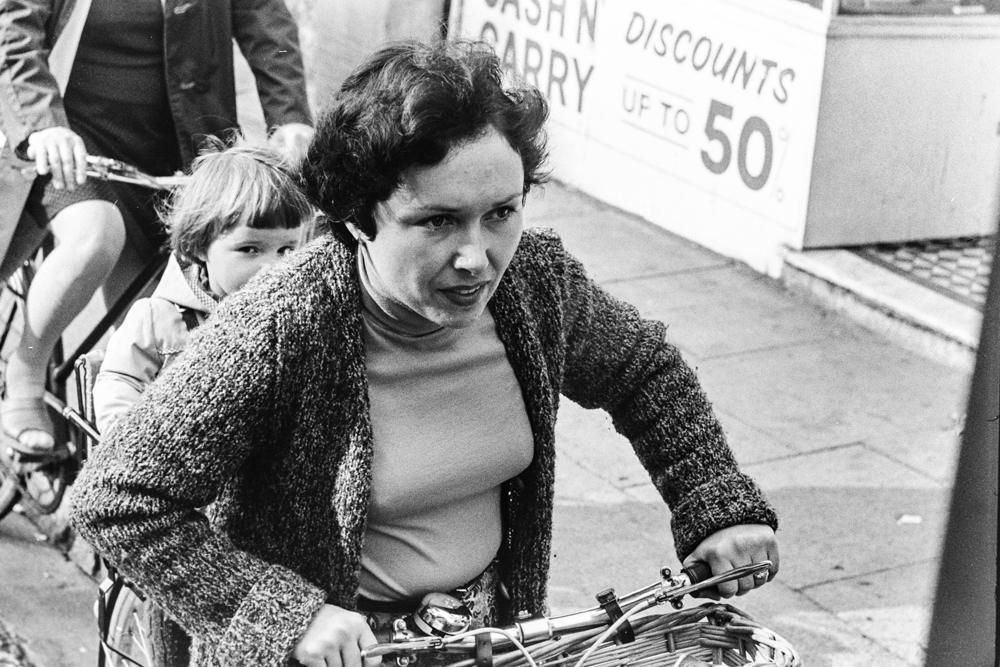
My last monochrome film image.
She is rushing to pick up a digital camera.
OK, Mr. Opinionated Weisenheimer, you say. So you used film for decades and maybe you know what you are speaking of, but I still want to use film. Then I suggest you cannot do better than the Nikon F100. It has auto exposure, auto focus, takes all Nikon Ai lenses and later and has auto film advance. It’s made to a high standard and can be found easily for $150 or less. This body gives you access to a large range of bargain priced Nikon lenses, MF or AF and, when you come to your senses and migrate or return to digital, those lenses will work seamlessly along with your newly found sanity.
